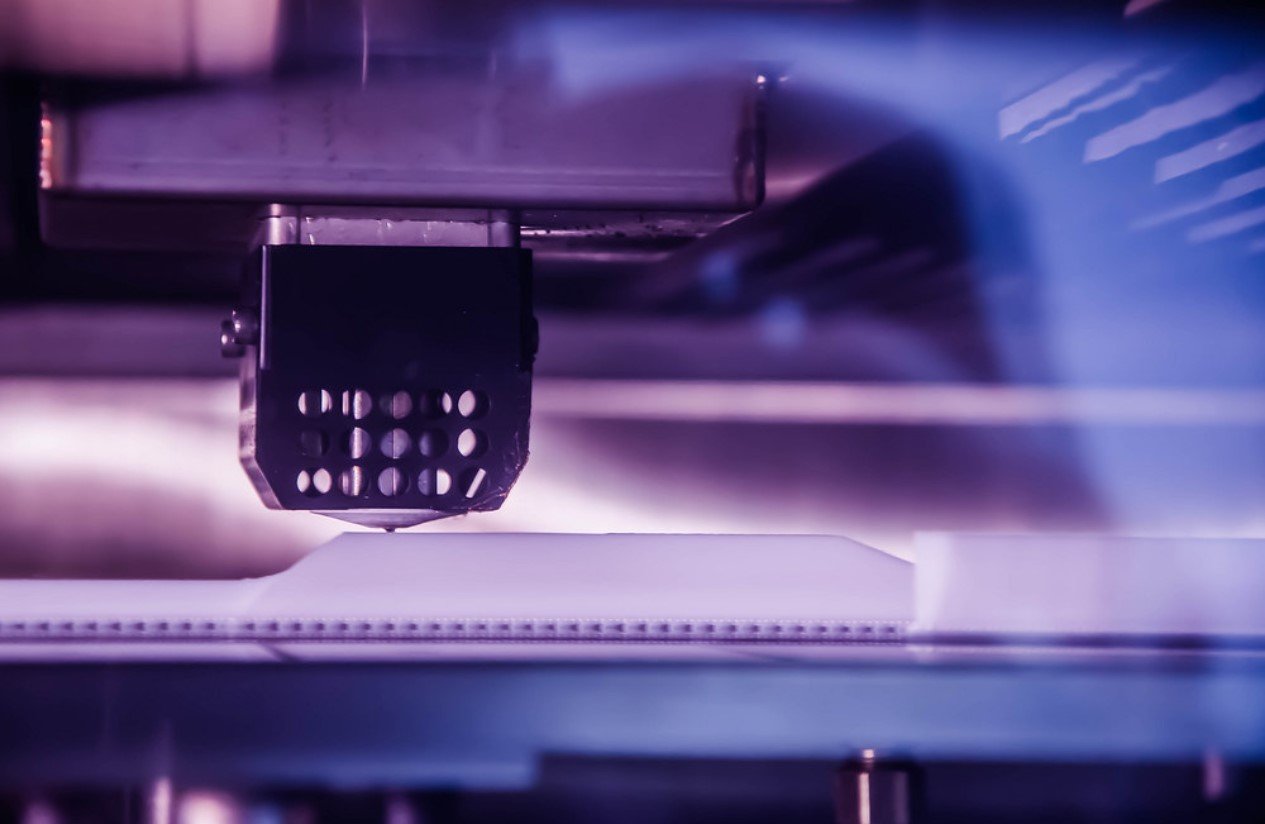In a bid to enhance workplace safety, the National Safety Council (NSC) has released a comprehensive report detailing the latest technological advancements aimed at preventing worker injuries. The report, part of the NSC’s Work to Zero initiative, highlights how innovative technologies can mitigate risks and save lives. With workplace fatalities on the rise, these technological solutions are more crucial than ever in creating safer work environments.
The Role of Wearable Sensors in Enhancing Safety
Wearable sensors have emerged as a game-changer in workplace safety. These devices can monitor workers’ vital signs and environmental conditions in real-time, providing immediate alerts in case of potential hazards. For instance, sensors can detect fatigue levels, which is a leading cause of workplace accidents. By alerting workers and supervisors to take necessary breaks, these sensors help in reducing fatigue-related incidents.

Moreover, wearable sensors can track workers’ movements and detect any unusual patterns that might indicate a fall or other accidents. This real-time data can be crucial in providing immediate assistance and preventing serious injuries. Additionally, the data collected over time can be analyzed to identify trends and implement preventive measures, further enhancing workplace safety.
The integration of wearable sensors with other safety systems, such as automated emergency response systems, can significantly improve the overall safety framework. This holistic approach ensures that workers are protected from multiple angles, reducing the likelihood of accidents and injuries.
The Impact of Artificial Intelligence on Workplace Safety
Artificial Intelligence (AI) is revolutionizing workplace safety by providing predictive analytics and automated monitoring. AI systems can analyze vast amounts of data from various sources, such as wearable sensors, CCTV cameras, and environmental sensors, to identify potential hazards before they cause harm. This predictive capability allows for proactive measures to be taken, preventing accidents before they occur.
AI-powered systems can also automate routine safety checks and inspections, ensuring that all safety protocols are consistently followed. This reduces the reliance on human oversight, which can sometimes be prone to errors. By automating these processes, AI ensures a higher level of compliance with safety standards, thereby reducing the risk of accidents.
Furthermore, AI can be used to develop personalized safety training programs for workers. By analyzing individual workers’ data, AI can identify specific areas where they might be at risk and tailor training programs to address these vulnerabilities. This personalized approach to safety training ensures that workers are better prepared to handle potential hazards, reducing the likelihood of accidents.
The Future of Safety Technology in the Workplace
The future of workplace safety lies in the continuous evolution and integration of advanced technologies. Emerging technologies such as virtual reality (VR) and augmented reality (AR) are being increasingly used for safety training and simulations. These immersive technologies provide a realistic training environment where workers can practice handling hazardous situations without any real-world risks.
Additionally, the use of drones for safety inspections and monitoring is gaining traction. Drones can access hard-to-reach areas and provide real-time data on potential hazards, allowing for timely interventions. This not only enhances safety but also improves efficiency by reducing the need for manual inspections.
The integration of these technologies with existing safety systems will create a comprehensive safety framework that addresses multiple aspects of workplace safety. As these technologies continue to evolve, they will provide even more sophisticated solutions for preventing worker injuries and ensuring a safer work environment.
































